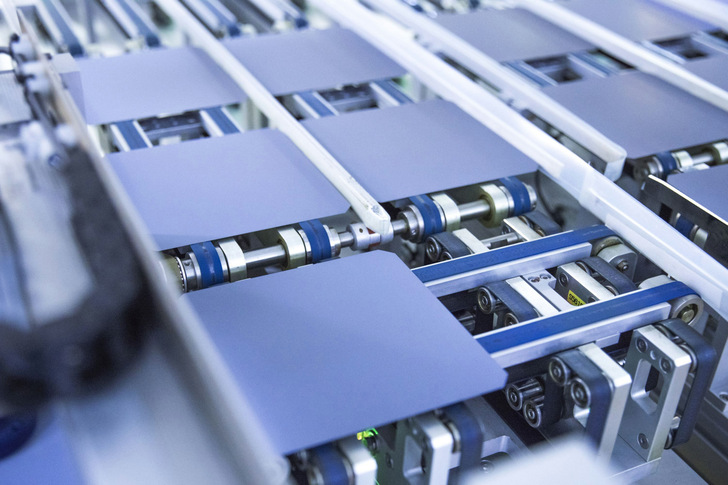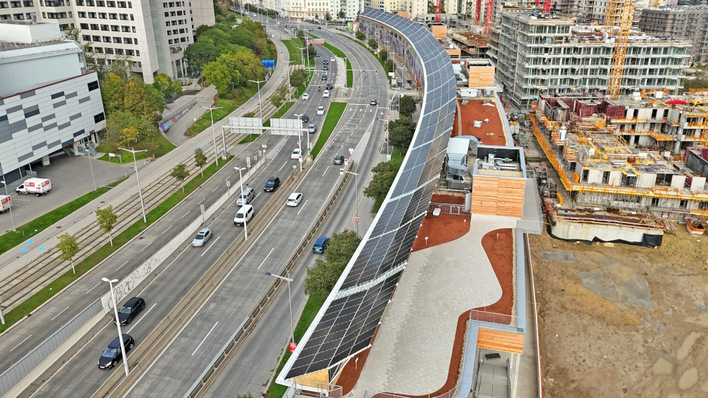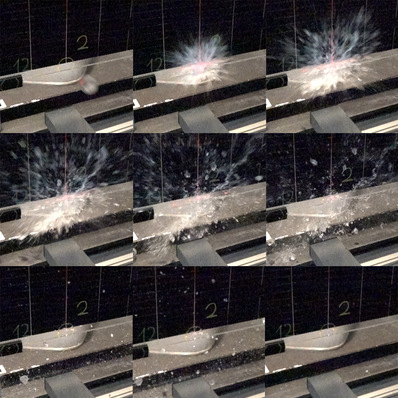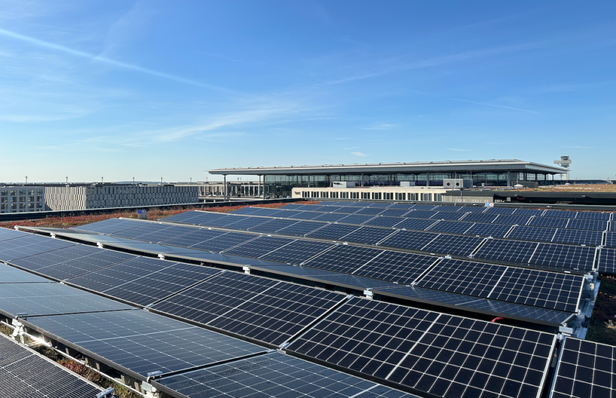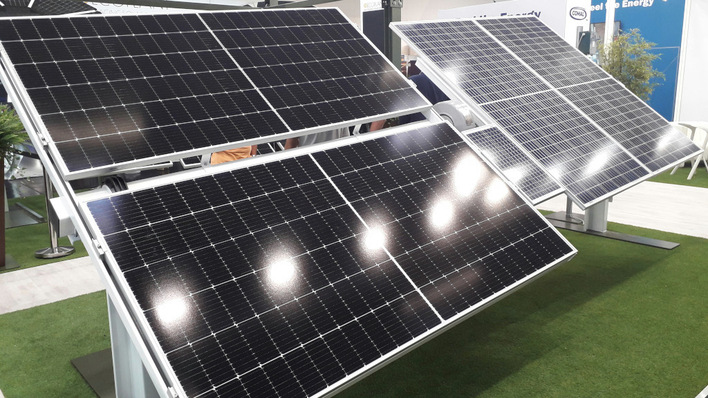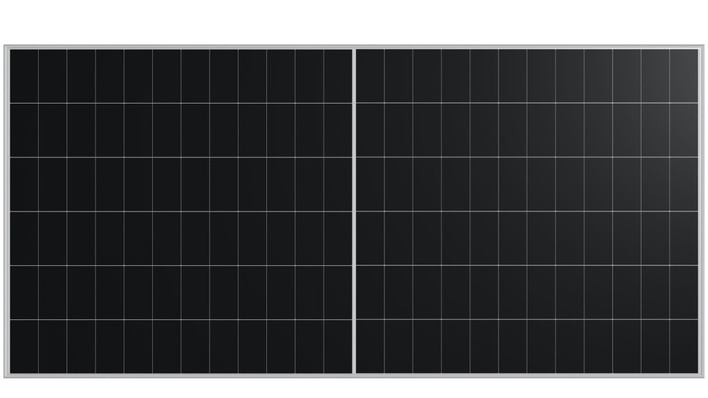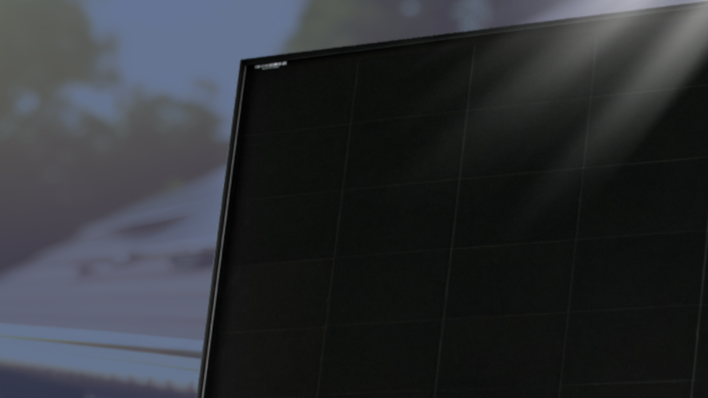"I think everyone will eventually be manufacturing IBC cells," says Martin Green of the University of New South Wales. Although not specifying a time frame, his assessment is in line with earlier statements of LONGi's Chairman Baoshen Zhong, who emphasized the superiority and future viability of the technology over conventional technologies back in September. At the conference, Green provided further insights in a media interview.
Technological breakthroughs need well-funded R&D
LONGi's latest development for mass-market PV products is the company's proprietary HPBC (Hybrid Passivated Back Contact) solar cell, a new back contact technology that enables a free front side without shadowing metal contacts. This approach optimises the light absorption, resulting in enhanced conversion efficiency. After years of development, the technology was rolled out across LONGi's Hi-MO X6 series in November 2022.
The HPBC cell comes with an efficiency over 25 per cent in mass production, resulting in a significantly higher module output. The efficiency at module level is currently 23.3 per cent in mass production.
Are Chinese development laboratories at the forefront of future developments?
LONGi recently announced another efficiency record of 33.9 per cent for crystalline silicon perovskite tandem cells, surpassing the theoretical efficiency limit of Shockley-Queisser (S-Q), which is 33.7 per cent for single-junction solar cells of all cell materials.
Green commented: "China now holds the world record for the more innovative perovskite cells, meaning that the country’s laboratories are also well placed to be at the forefront of future developments." He further elaborated that improving cell efficiency would substantially be reducing the manufacturing costs, because that way more electricity could be produced per unit area from the cells, and cost reduction would be the best approach in the upcoming PV industry crisis.
The PV industry crisis can be overcome
Green anticipates that the price for solar modules would be dropping further, and he is hoping this will stimulate demand. During crisis, weaker players would be eliminated, and strong companies survive. This would lead to a consolidation in the industry. He anticipates that an increased demand in modules in the next 3 years, also as a result of low costs for modules, would help accelerating the replacement of the fossil fuel generation. (mfo)


